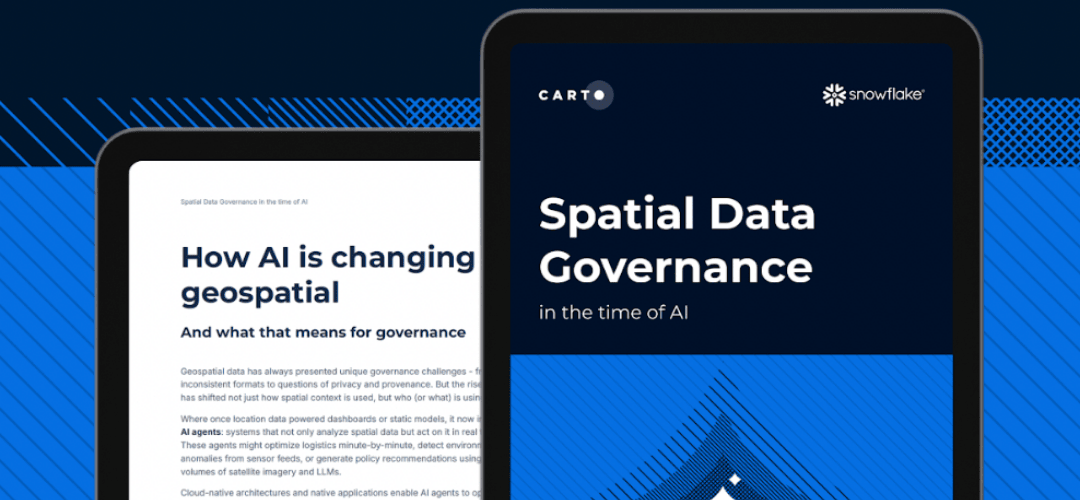Generative AI systems are trained on large datasets and use various techniques, such as deep learning and neural networks, to learn patterns and relationships within the data. Once trained, these models can generate new content by extrapolating from the patterns they have learned. The content is often translated into images, text, audio, or other data types. Some examples of generative AI include text generators or image synthesis models.
Generative AI for Spatial Data Science
For spatial data science, Generative AI involves the use of artificial intelligence methodologies, such as Generative Adversarial Networks (GANs) or other deep learning approaches to generate new spatial data or simulate spatial phenomena. This can include tasks like generating synthetic satellite images, creating plausible land use patterns, simulating urban growth, predicting environmental changes, or filling in missing data in spatial datasets.
Generative AI techniques offer spatial data scientists powerful tools to generate diverse and augmented datasets, improve model training, simulate scenarios, and assist in spatial analysis and modeling by producing realistic spatial information.
Generative AI in Geospatial Analysis
Here are some ways generative AI is used in Geospatial Analysis:
- Map Generation: Generative models can create synthetic maps or satellite images. These models can generate maps that simulate landscapes, urban environments, terrains, and more. They can also be used to fill in missing data in maps or create hypothetical scenarios.
- Land Use and Environmental Analysis: AI models can analyze satellite imagery to identify and classify land use patterns, changes over time, deforestation, urban expansion, or environmental changes.
- Route Optimization and Navigation: AI algorithms can generate optimal routes for transportation, logistics, or emergency services based on real-time data such as traffic, weather, and road conditions. Generative models can also simulate traffic flow patterns to improve road network design.
- Disaster Response and Planning: Generative AI can help simulate and predict the impact of natural disasters such as floods, hurricanes, or earthquakes. It can generate scenarios to plan for emergency responses, evacuation routes, and resource allocation.
- Data Augmentation: Synthetic data generation using AI can help enhance GIS datasets. By creating additional realistic data, it can improve the robustness and diversity of training datasets used for GIS-related machine learning models.


.png)

